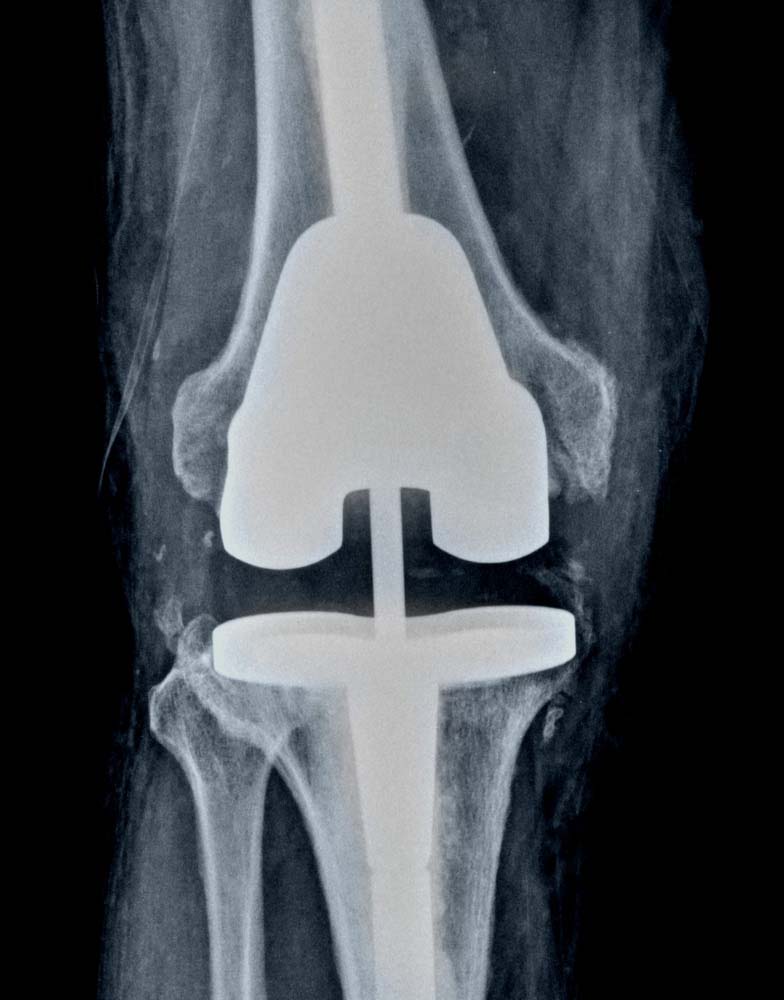
Total knee replacement is one of the most successful procedures in all of medicine. In the vast majority of cases, it enables people to live richer, more active lives free of chronic knee pain. Over time, however, a knee replacement may fail for a variety of reasons. When this occurs, your knee can become painful and swollen. It may also feel stiff or unstable, making it difficult to perform your everyday activities. If your knee replacement fails, Dr. Jay Shah may recommend that you have a second surgery—revision total knee replacement. In this procedure, Dr. Jay Shah removes some or all of the parts of the original prosthesis and replaces them with new ones.
Although both procedures have the same goal—to relieve pain and improve function—revision surgery is different than primary total knee replacement. It is a longer, more complex procedure that requires extensive planning, and specialized implants and tools to achieve a good result.
Revision total knee replacement is more complex and takes longer to perform than primary total knee replacement. In most cases, the surgery takes from 2-3 hours.
To begin, Dr. Jay Shah will follow the line of the incision made during your primary total knee replacement. The incision may be longer than the original, however, to allow the old components to be removed. Once the incision is made, the doctor will move the kneecap and tendons to the side to reveal your knee joint. Dr. Jay Shah will examine the soft tissues in your knee to make sure that they are free from infection. He will assess all the metal and/or plastic parts of the prosthesis to determine which parts have become worn or loose or shifted out of position.
Dr. Jay Shah will remove the original implant very carefully to preserve as much bone as possible. If cement was used in the primary total knee replacement, this is removed, as well. Removing this cement from the bone is a time-consuming process that adds to the complexity and length of the revision surgery. After removing the original implant, the doctor will prepare the bone surfaces for the revision implant. In some cases, there may be significant bone loss around the knee. If this occurs, metal augments and platform blocks can be added to the main components to make up for the bony deficits.
Rarely, bone graft material may be used to help rebuild the knee. The graft may come from your own bone (autograft) or from a donor (allograft). Finally, the doctor inserts the specialized revision implant, repairs any surrounding soft tissues that are damaged, and carefully tests the motion of the joint. A drain may be placed in your knee to collect any fluid or blood that may remain after surgery.
After surgery, you will be moved to the recovery room, where you will remain for several hours while your recovery from anesthesia is monitored. After you wake up, you will be taken to your hospital room.
Revision knee replacement surgery may be advised for patients who have one or more of the following conditions:
Revision knee replacement is a complex surgery carried out for various indications as mentioned above. Depending on the reason for your surgery, Dr Jay Shah will customise a post-op protocol which includes a walking guide, exercises for your knee with an emphasis on caring for your joint replacement